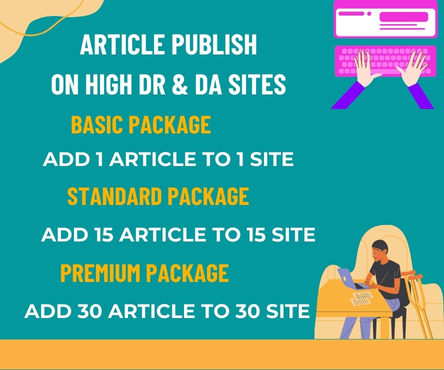Diastasis recti is a condition that occurs when the large abdominal muscles separate, typically as a result of pregnancy, rapid weight changes, or intense abdominal pressure. While it is most common in postpartum women, it can also affect men and children. Often overlooked or misunderstood, diastasis recti can lead to chronic discomfort, poor posture, back pain, and a weakened core if left untreated. Seeking treatment is not just about cosmetic appearance—it’s essential for long-term health and wellness. Visit now diastasis recti treatment
Why Treatment Is Necessary
The core muscles play a critical role in stabilizing the body, supporting the spine, and maintaining proper posture. When the abdominal muscles are separated due to diastasis recti, the entire core loses strength and functionality. This can lead to a variety of problems, including:
- Lower back pain: With weakened core support, the back muscles are forced to overcompensate, leading to strain and pain.
- Pelvic floor dysfunction: A weakened core often affects the pelvic floor, potentially resulting in incontinence or pelvic organ prolapse.
- Digestive issues: Core weakness can impact the alignment of internal organs, leading to bloating and constipation.
- Hernias: In severe cases, the gap between abdominal muscles can widen enough to allow internal tissues or organs to bulge through, creating a hernia.
Addressing diastasis recti is not merely about tightening the stomach; it’s about restoring the function and integrity of the entire core system.
Treatment Options
The good news is that diastasis recti is treatable, often without surgery. Physical therapy and targeted exercise programs are among the most effective methods. These treatments focus on safely strengthening the transverse abdominis (the deepest abdominal muscle) and reconnecting the separated muscles.
1. Physical Therapy:
Licensed physical therapists can create personalized programs that focus on core stabilization. They teach exercises that avoid stressing the midline, such as certain crunches or planks, and instead focus on gentle movements that encourage muscle reconnection.
2. Specialized Exercise Programs:
There are many programs available specifically designed for diastasis recti recovery, often led by professionals trained in postpartum recovery or functional fitness. These include breathing techniques, core engagement drills, and gradual strengthening routines.
3. Surgery (in severe cases):
When the separation is too wide or causes hernias or other complications, surgery may be recommended. A procedure known as abdominoplasty (tummy tuck) can bring the muscles back together and remove excess skin.
When to Seek Help
It’s important to consult a healthcare provider if you notice a persistent bulge in the abdomen, difficulty with core strength, or if you suspect diastasis recti. Early intervention can prevent complications and improve recovery outcomes.
Final Thoughts
Treating diastasis recti is about more than appearance—it’s about reclaiming your body’s strength and stability. Whether you are a new mother, a fitness enthusiast, or someone who’s noticed unusual abdominal changes, addressing this condition with proper care and support can significantly improve your quality of life. Don’t ignore the signs—diastasis recti is common, but it doesn’t have to be permanent.

